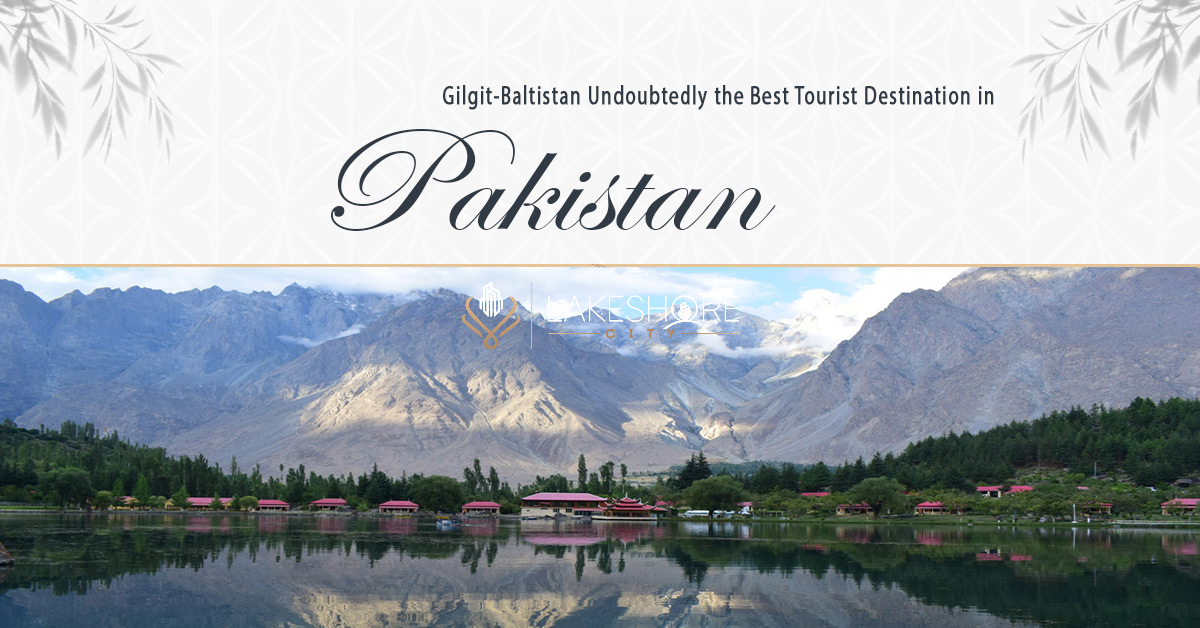Pakistanis call Gilgit-Baltistan the Northern Areas, home to some of the world’s tallest mountains. That, along with boundless green meadows, deep valleys, gorgeous waterfalls, and hazardous roads, makes Gilgit-Baltistan a paradise for nature lovers and adventurers.
The administrative capital is Gilgit. Before the Indo-Pak split, it was a significant Silk Route stop. This is where Buddhism originated in India. Skardu, another large city, is a top tourist attraction with spectacular glaciers, museums, forts, and resorts.
In 1970, Gilgit-Baltistan established a separate administration. Each of its three districts has sub-districts. The three largest districts are Gilgit, Baltistan, and Diamer. Gilgit District has Hunza, Nagar, Gilgit, and Ghizer sub-districts. The Diamer District has Astore and Diamer subdivisions. The Baltistan District has sub-districts Shigar, Ghanche, Skardu, and Kharmang.
Geographical Significance of the Area
Gilgit-Baltistan is Pakistan’s northernmost region. It borders the Wakhan Corridor of Afghanistan to the north, Azad Kashmir to the south, Jammu and Kashmir to the southeast, Xinjiang to the east and northeast, and Khyber Pakhtunkhwa to the west.
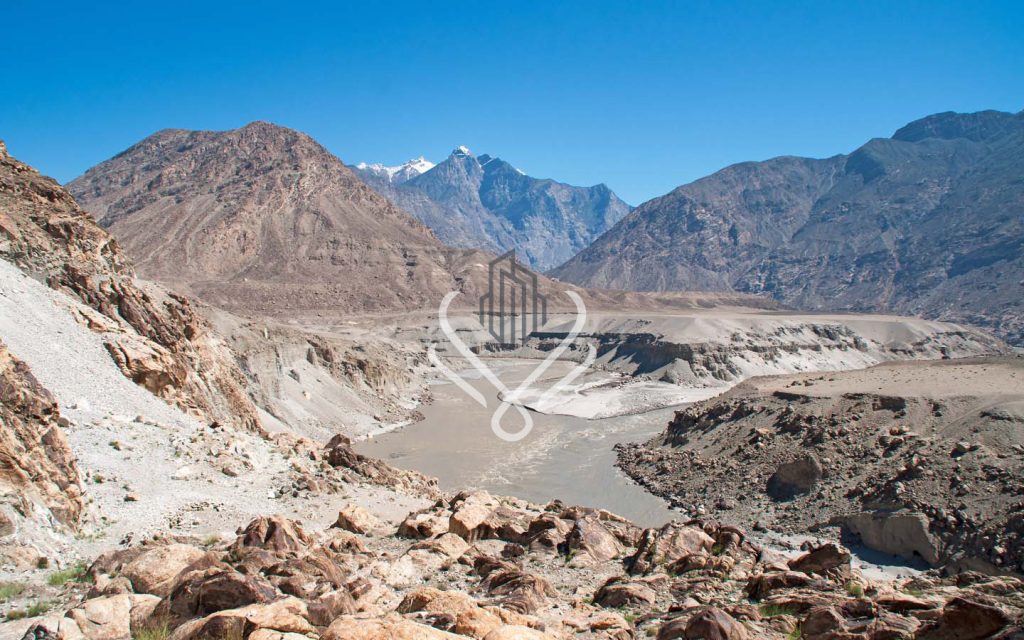

The Himalayas, Karakoram, and the Hindu Kush are three of the world’s highest mountain ranges, and the region has five 8,000-metre peaks. The highest mountains are K-2 (Mount Godwin Austen) and Nanga Parbat. In addition to the polar ice caps, Gilgit-Baltistan has the Baltoro, Batura, and Biafo glaciers, the longest in the world. Several lakes, rivers, and waterfalls are nearby.
The climate of The Region
Gilgit-Baltistan’s climate is different due to its varied terrain. The city of Gilgit rarely rains because of the Nanga Parbat. The city and the Silk Route, now the Karakoram Highway, are surrounded by dry mountains. However, city nights are cooler. Hunza, Khaplu, Astore, and Nagar valleys are frigid year-round.
Major Tourist Destinations in Gilgit Baltistan
Because Gilgit-Baltistan has something for everyone, tourists, mountaineers, and trekkers from around the world visit year-round. Due to snow and weather, many sites are inaccessible in winter. Since Conde Nast Traveller named Pakistan the top tourist destination for 2020, the region is sure to experience a boost in visitors. Major Gilgit-Baltistan tourist destinations include:
Gilgit Valley
Gilgit Valley has tourist hotspots. Naltar is a beautiful place with towering mountains and accessible glacier lakes. This Pakistani ski resort is fantastic. Kargah Valley, 10 km from Gilgit, is another history-buff destination. The Kargah Buddha rock wall carving lends the valley its name. The sculpture is from the 8th century AD. Here are Buddhist monastery remains and a Stupa.
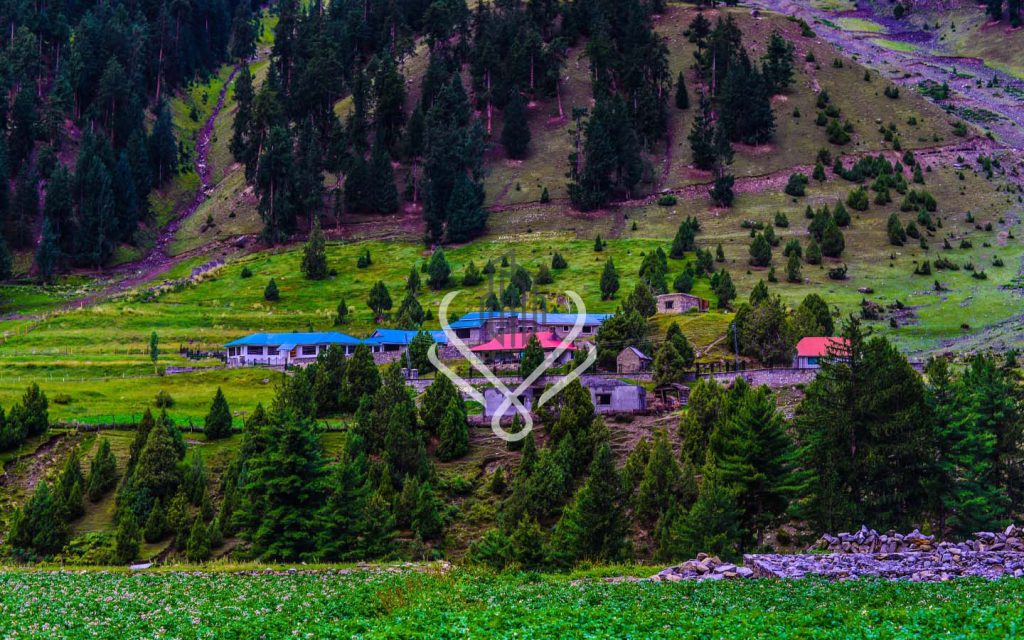

Bagrot, Oshikhandas, Danyore, and Normal are nearby tourist valleys. Locals speak Shina, but tourism workers speak English and Urdu.
Chitral Valley
Chitral Valley is around 1,100 meters high and dominated by Trichmir, the tallest Hindu Kush peak. This panorama has steep mountains, glaciers, and verdant valleys and meadows. The summers are lovely but the winters are harsh.


Arandu, Booni, and Madaklasht Valley are must-sees. Barmoghlasht Resort, 14.5 miles from Chitral, is worth visiting for its stunning scenery. The Golden Valley’s verdant meadows, flower fields, springs, waterfalls, and panoramic views are also popular among nature lovers.
Chitral Valley is culturally varied. There are Khowar, Persian, Pushto, and Urdu speakers in Chitrali. There are about ten different local languages spoken by tribes. On holidays and weddings, the Chitrali sitar is played. The July Shandur Polo Tournament in Shandur Pass is extremely popular with sports fans.
A visit to Chitral Valley is incomplete without visiting Chitral Museum and Shahi Masjid. The Shahi Mosque was built by Shuja-ul-Mulk in 1924 AD while he was Mehtar of Chitral. The museum holds ancient treasures and historical information. Private home Shahi Qila or Fort is next to it. The mosque is known for its old-fashioned architecture.
Kalash Valley
Kalash Valleys, home to the Kalash tribe, are in Chitral Valley. Bamburet is the most populous of the Kalash valleys Rumbur, Bamburet, and Birir. Rumbur and Birir are 32 and 34 kilometers from Chitral, respectively, while Bamburet is 40 miles by jeep. Their ancestry is unknown, and the Kalash tribe practices its religion and culture. The tribe’s black robes and woolly black headgear with shells, buttons, feathers, and colorful beads define it.
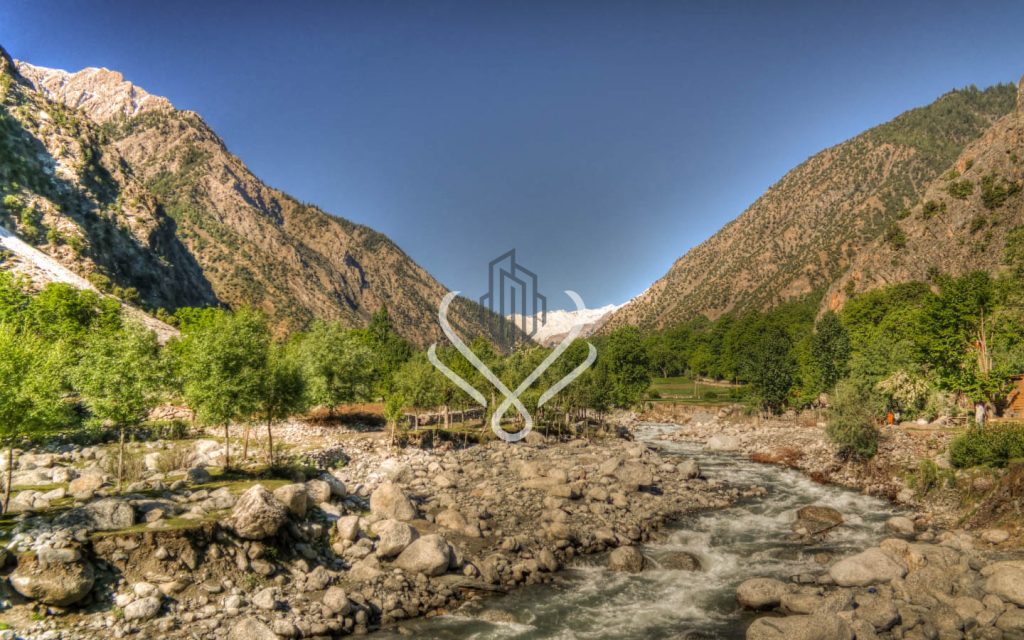

Tribes have celebrations too. May marks Chilam Josht/Yoshi, the spring harvest festival. Mid-August Uchal is celebrated to protect the harvest. In September, Phool celebrates grape and walnut harvests. Finally, Chowas celebrate the New Year in mid-December.
Garam Chashma
At the site of the old Injigan Valley, Garam Chashma is two hours from Chitral. The course is picturesque and rock climbing-friendly. The hot springs, or Garam Chashmas, are claimed to treat numerous skin problems, and tourists and locals visit the area.
Hunza Valley
Hunza, with a 90% literacy rate, attracts tourists from throughout the world. Winter makes the area inaccessible, so May to October is the best time to visit. Major city Karimabad was once Baltit. The valley has natural beauty and a gemstone market. The locals are friendly. Tourism revolves around the 700-year-old Baltit Fort, which has been renovated several times. Since the fort is elevated above Karimabad, its terrace offers breathtaking views.


Migratory bird refuge Borith Lake is another great site for nature lovers. The lake is near Gulmit, Gojal, in the Hunza Valley. It can only be reached by jeep on a 2-kilometer gravel route or by trekking across the Ghulkin Glacier for 2–3 hours. Hunza Valley is home to K-2, the second-highest peak in the world, and trekking expeditions are accessible in good weather.
Fairy Meadows
Fairy Meadows is in Gilgit-Baltistan’s Diamer District, near a Nanga Parbat base camp. It is accessible via a 4-5-hour climb from the nearest village and offers stunning mountain vistas.
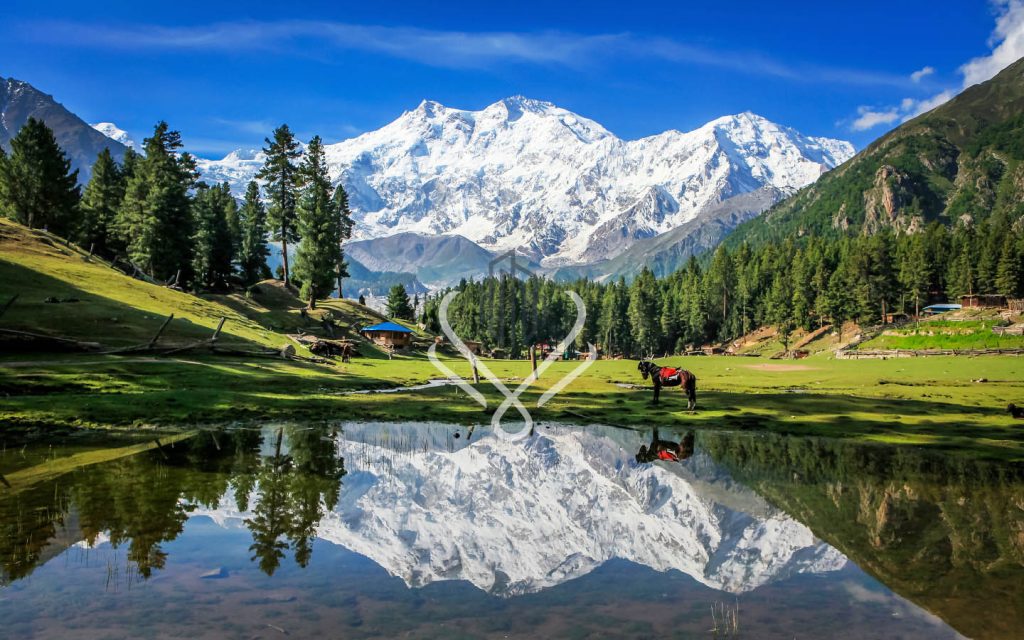

Khunjerab National Park
The Khunjerab Pass area near the Pak-China border was named a national park in 1975 to safeguard endangered animals. While wildlife conservation efforts continue, the park provides nature lovers with stunning landscapes.
Deosai National Park
Deosai National Park, the world’s second-highest plateau, is located mostly in Skardu District. Wildflowers and butterflies fill this natural area in spring, making it the greatest time to visit. The park is 30 km from Skardu by road. This is the shortest park route. Since it covers approximately 5,000 square kilometers, you can take alternative routes from Astore Valley and other areas. The park has Sheosar Lake, Bara Pani, and Kala Pani Rivers.
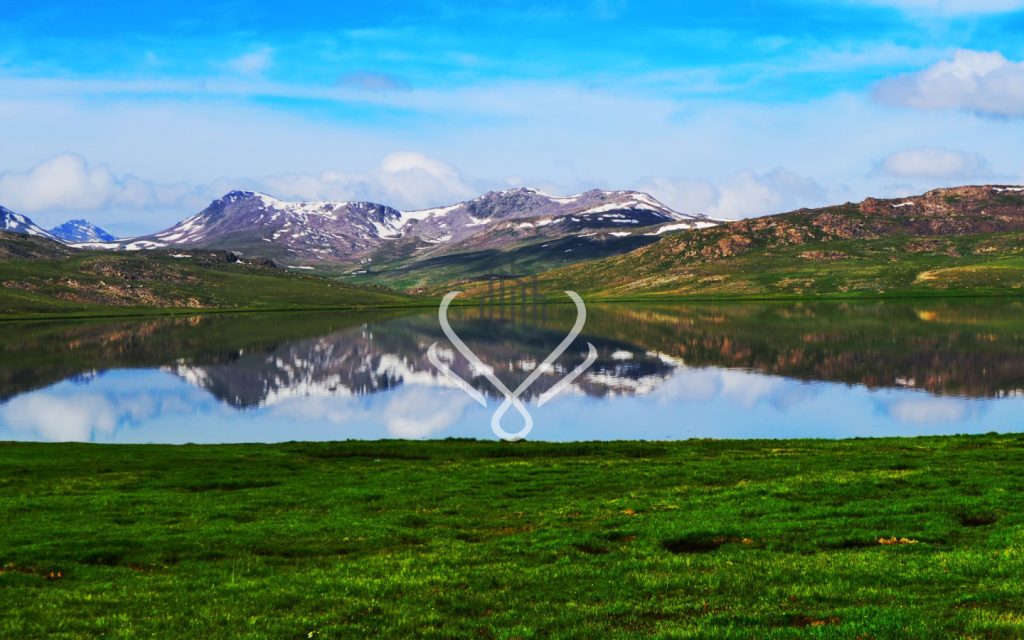

Gilgit-Baltistan is Pakistan’s top tourist destination due to its natural beauty, different landscapes, rock climbing, trekking, hiking, and fishing. If you’re going to northern Pakistan, you must include Khunjerab Pass.
Conclusion:
Gilgit-Baltistan, also known as the Northern Areas of Pakistan, is a captivating and diverse tourist destination. This region boasts some of the world’s tallest mountains, lush green meadows, deep valleys, enchanting waterfalls, and challenging roads, making it a paradise for nature enthusiasts and adventurers. With its geographical significance, rich cultural heritage, and a variety of tourist destinations, Gilgit-Baltistan stands as a top choice for travelers seeking both natural beauty and adventure.
Frequently Asked Questions (FAQs)
Q1. What is Gilgit-Baltistan known for?
Gilgit-Baltistan, also referred to as the Northern Areas, is renowned for its breathtaking landscapes, including towering mountains, valleys, meadows, waterfalls, and glaciers.
Q2. What are the major cities and administrative centers in Gilgit-Baltistan?
The administrative capital is Gilgit, and another significant city is Skardu, known for its glaciers, forts, and resorts.
Q3. What are the notable geographical features of Gilgit-Baltistan?
Gilgit-Baltistan is bordered by Afghanistan’s Wakhan Corridor, Azad Kashmir, Jammu and Kashmir, Xinjiang (China), and Khyber Pakhtunkhwa (Pakistan). It is home to the Himalayas, Karakoram, and Hindu Kush mountain ranges, including peaks like K-2 and Nanga Parbat.
Q4. What are some major tourist destinations within Gilgit-Baltistan?
Major tourist destinations in Gilgit-Baltistan include Gilgit Valley, Chitral Valley, Kalash Valley, Garam Chashma, Hunza Valley, Fairy Meadows, Khunjerab National Park, and Deosai National Park.
Q5. What cultural attractions can visitors experience in Gilgit-Baltistan?
The region offers a diverse cultural experience, with different languages spoken by tribes, historical sites like Baltit Fort, and unique cultural festivals like Chilam Joshi/Yoshi and Uchal.
Q6. When is the best time to visit Gilgit-Baltistan?
The best time to visit Gilgit-Baltistan is from May to October when the weather is more favorable for tourism and outdoor activities.
Q7. What is the significance of Khunjerab Pass and Deosai National Park?
Khunjerab Pass, near the Pak-China border, is a national park protecting endangered animals and offering stunning landscapes. Deosai National Park, the world’s second-highest plateau, features wildflowers, butterflies, and serene lakes.
Q8. What outdoor activities are popular in Gilgit-Baltistan?
Gilgit-Baltistan offers a range of outdoor activities such as rock climbing, trekking, hiking, fishing, and exploring its diverse natural beauty.
Q9. Why is Gilgit-Baltistan considered a top tourist destination in Pakistan?
Gilgit-Baltistan’s unique combination of breathtaking landscapes, cultural richness, and adventurous opportunities makes it a sought-after tourist destination, attracting travelers from around the world.
Our Featured Article:
Read More: Unveiling The Marvels of Gandhara Civilization
Read More: Minister Advocates Promotion of Religious Tourism
Don’t miss the chance to invest with Lakeshore! Secure your investment today by investing your financial investment with Lakeshore in the following available options like Lakeshore City, Lakeshore Club, and Lakeshore Farms.
For More updates, please Contact +92 335 7775253 or visit our website https://lakeshorecity.com/
Lakeshore City is the upcoming elite lifestyle at Khanpur Dam. Offering no parallel amenities for the members and owners of distinguished farmhouses.
Become Part of Luxurious Lifestyle
Contact: 0335 7775253


